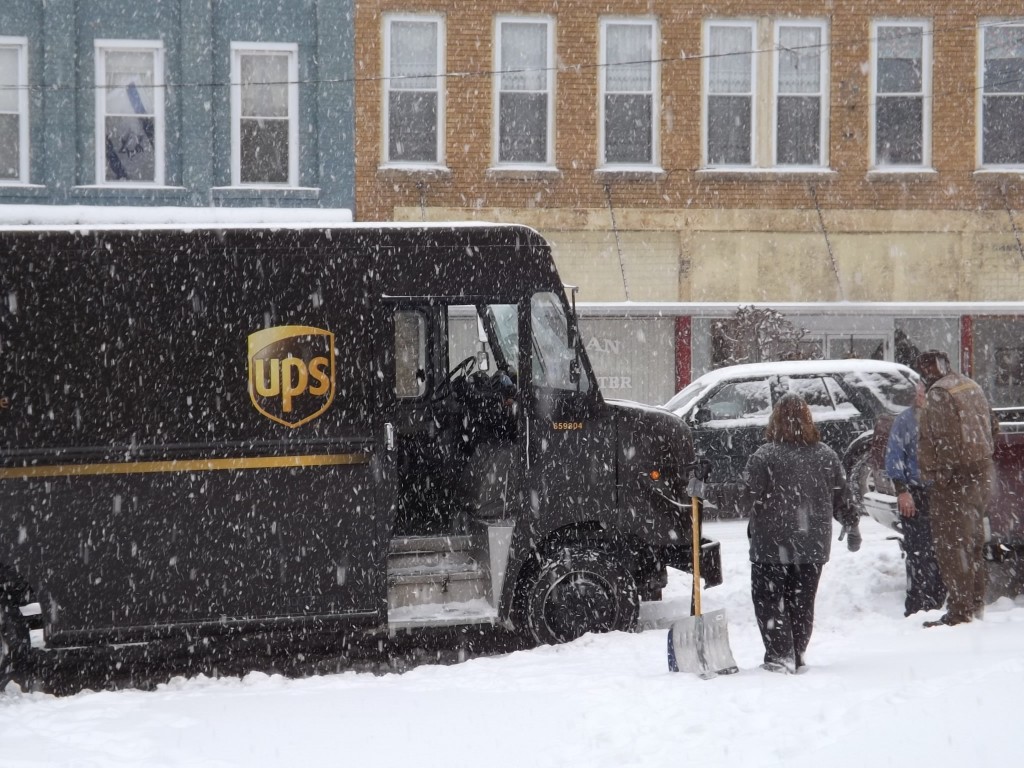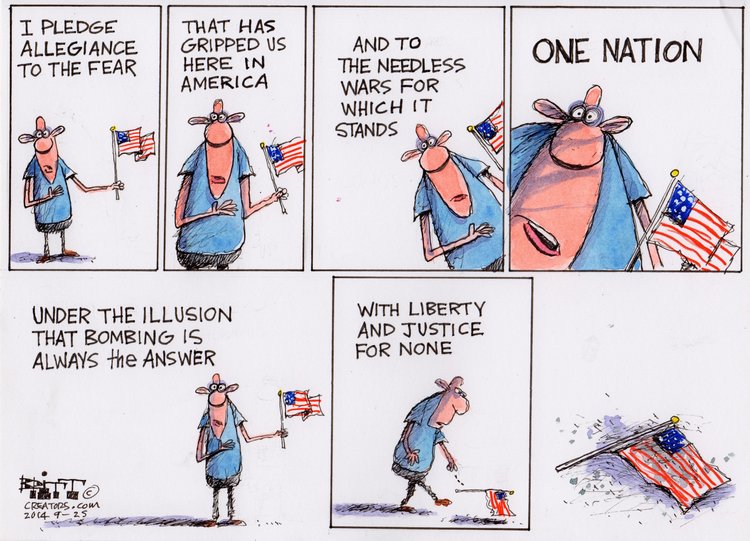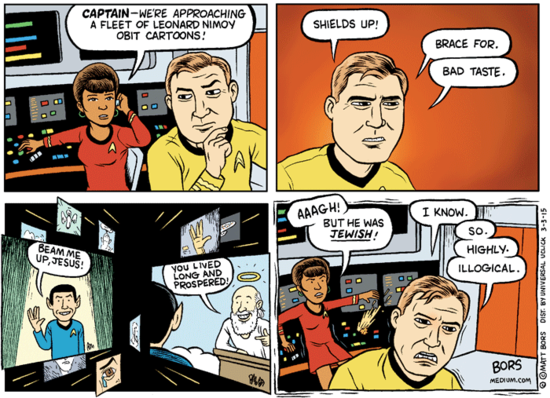Monthly Archives: March 2015
New Uniform Option?
Think about it
Too Bad He’s a Big Fat Liar
It ain’t over til it’s over
Peace
Logic is a sin
If It’s Pushed By the Republicans, It’s Not Good For The Working Man
Can They Grab Your Pension?
Clawbacks become more common as plans discover they overpaid recipients
by Carole Fleck, AARP Bulletin, March 2015
Millions Could See Cuts
Tucked into the massive budget bill passed by Congress in December was a provision permitting certain financially troubled multiemployer pension plans to cut existing benefits potentially to hundreds of thousands of retirees who are under age 80.
Shifting burden
That 11th-hour provision toppled 40 years of protections for retirees already receiving benefits and may alter the course of the U.S. retirement system, retirement advocates say. “Congress has placed the burden of rescuing underfunded multiemployer plans on the people who can least afford it — retirees and surviving spouses who rely on their pensions for food, medication and other necessities,” says Karen Friedman, executive vice president at the Pension Rights Center in Washington, which fought against the legislation along with AARP and other groups.
Multiemployer plans — there are about 1,400 in the U.S. — are group pensions that several companies within a single or related industry pay into, mostly to cover union workers. But shrinking union membership, market declines and other issues have put some 150 to 200 plans — covering about 1.5 million people — in peril.
Out of money
Those plans could run out of money within 20 years, according to the Pension Benefit Guaranty Corp., which insures private pensions up to certain limits when employer plans go bankrupt. Retirees won’t see immediate cuts to their pensions because it’s a complex process to modify benefits.
Vote on cuts
For example, plans with at least 10,000 workers and retirees must permit all participants to vote on cuts before they’re implemented. Even if a majority oppose it, the Treasury secretary could override the vote and uphold trustees’ decisions to reduce payouts, in order to prevent insolvency. Under the provision, retirees ages 75 to 79 likely will see smaller cuts than those 74 and under. Pensioners in single-employer plans won’t be affected.









